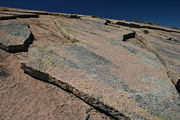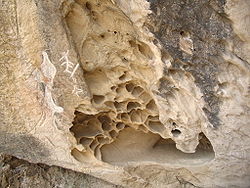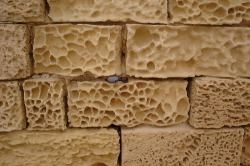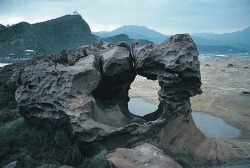Pressure Release

Pressure release is when heavy material is on rocks and they suddenly get off and that makes the rock break. An example is a moving glacier. Igneous rocks are formed very deep in the ground so they can get stresses and can fracture this is also called unloading. Overtime sheets of rock break away from the exposed rocks along the fractures.
Thermal Expansion
Thermal Expansion is a type of physical weathering.It is also called exfoliation. Its when the rock expands by day and contracts at night when it does that stress is exerted and makes the outer layer peel off. Thermal expansion is enhanced by the presence of moisture.
Frost Disintegration
It is when water gets stuck in rock and freezes and the it makes the rock crack then the water will melt than the process will happen again. Then the rock will be broke down and down and down. That is freeze and thaw process. The frost wegding is when the water freezes inside and wedges the rock to make it break.
Hydraulic Action
When water rushs in to cracks and traps a layer of air and that makes the rocks have pressure. Then when the water goes away the trapped air is released with explosive force. The water also weathers.
Salt-Crystal Growth or Haloclasty
The most effective salts in weathering are sodium sulfate, magnesium sulfate ,and calcium chloride. Some of these salts can grow up to three times or more.It is common around shores because of the the salt water. It is associated with arid climates.
Biological Weathering
Biological weathering is another type of physical weathering. It is like when plants grow in crevices of rocks or soil and the roots of the plant exert physical pressure and makes cracks so that water and other chemicals can get in the rock. Animals and insects that burrow also break down soil adjacent to the bedrock surface. That increases water, acid infiltration and exposure to oxidation processes.



